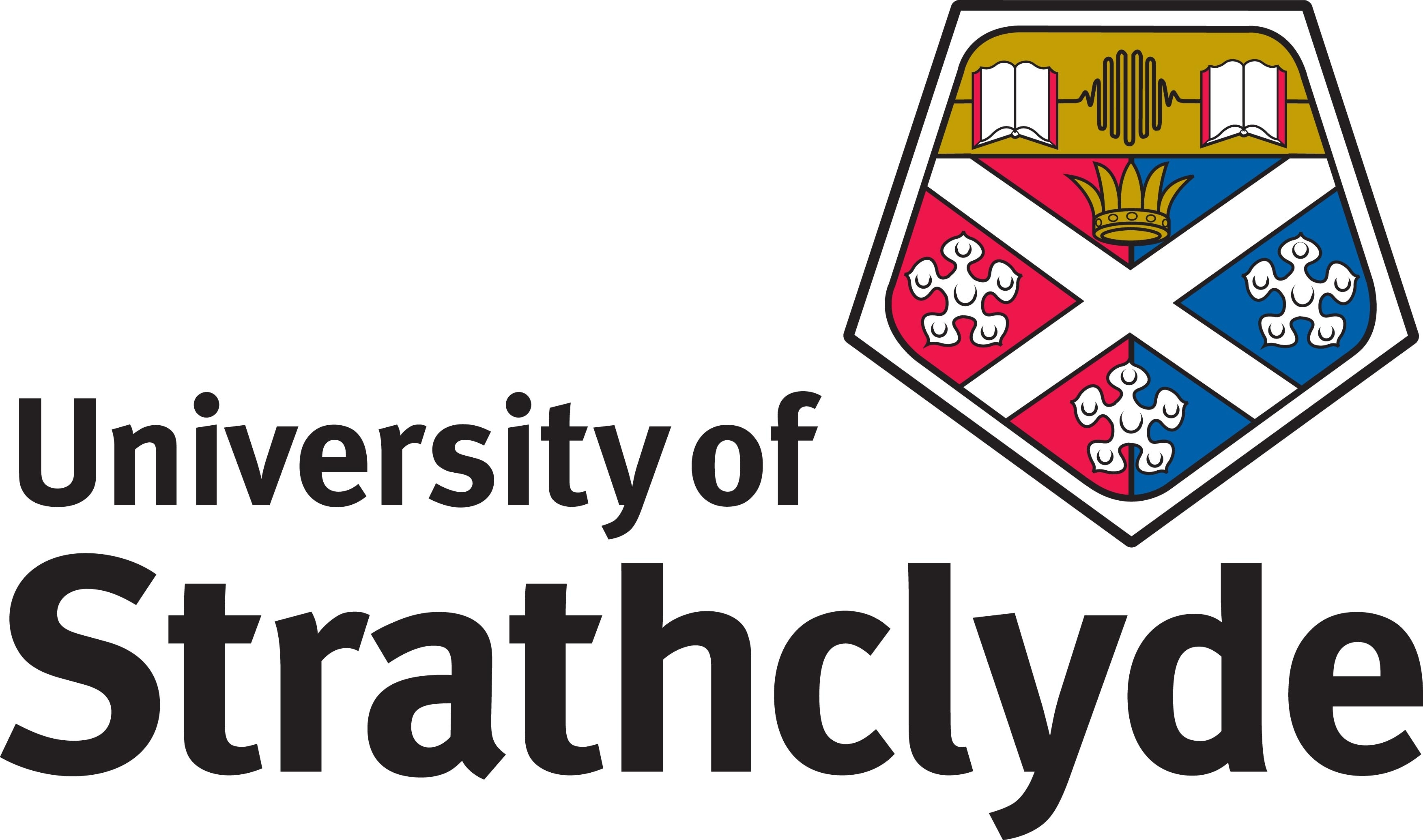About the Project
Principle Investigator: Dr Pablo Ouro
Offshore wind farms are required to be deployed at a fast pace, around 8 GW per year to achieve Net Zero targets. When in operation, wind farms generate a wake that, depending on the wind direction, can reduce the wind speed available to downstream farms. As newer farms are deployed with larger turbine rotors and hub heights, and sited in proximity to existing, older farms, this issue has led to legal delays when establishing new wind farms. In the race to Net Zero, it is important we understand and quantify the extent to which this impacts the energy output from wind farms. Greater understanding will help de-risk new offshore wind farms and provide greater financial certainty to the sector.
Taking into consideration the effects of wakes, coordinated deployment of wind farms might enable a larger energy generation with only 100 GW (as a 2050 target) than uncoordinated 120 GW deployment. This project aims to quantify the magnitude of wake losses to the annual energy production of all wind farms across the UK, assessing deployment scenarios from 2025 until 2030, and identifying associated economic and legal risks of these losses, as we strive to achieve the Net Zero goals. We will strategically combine mesoscale modelling with the Weather Research and Forecasting (WRF) code which captures the interaction of wind farms with the synoptic weather through wind-farm parametrisations, together with analytical wake models to account for inter-farm wake losses using the Python suite PyWake. This new coupled approach will enable the quantification of modelling uncertainty by comparison to farm data from Westermost Rough and Moray East wind farms owned by Orsted and Ocean Winds, respectively.
Read more here.











